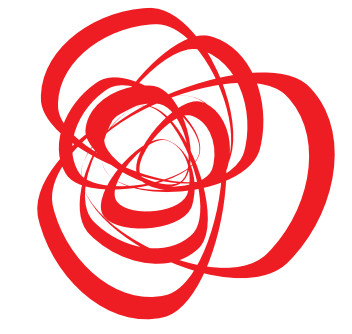New Exhibition on Ancient Mesopotamia at Fine Arts Museum in Budapest
- 4 Oct 2024 8:17 AM

The show will focus on the first half of the millennium before Christ, encompassing two large empires, and one of the cradles of European cultural heritage, museum director Laszlo Baan told the press.
The exhibition features"fantastic works from several European collections, creating a comprehensive exhibition that comes together only once or twice in a decade," Baan said.
The exhibition "Kingdom of Gods and Demons. Mesopotamia 1,000-500 BCE" will run through February 2.
Source:
MTI - The Hungarian News Agency, founded in 1881.
More about the exhibition from Fine Arts Museum
The exhibition in the Ionic Hall of the Museum of Fine Arts is the first in Hungary dedicated to ancient Mesopotamia. One of the outstanding strengths of our exhibition is that it brings together more than 150 objects loaned by seven prominent European collections, offering unparalleled insight into the world of this long-lost culture.
The main participating collections are: Vorderasiatisches Museum (Berlin); Bibliothèque nationale de France and Musée du Louvre (Paris); Kunsthistorisches Museum (Vienna); NY Carlsberg Glyptotek (Copenhagen) and Staatliche Kunstsammlungen Dresden.
The Budapest exhibition concentrates on the Mesopotamian world in the first half of the first millennium BC, where the earliest empires in history emerged: the Neo-Assyrian and the Neo-Babylonian Empires.
The core exhibits were unearthed during the Mesopotamian excavations carried out in the nineteenth and early twentieth centuries in the cities of Assur, Babylon, Dur-Sharrukin and Kalhu (Nimrud): the aesthetically delightful, crowd-pleasing reliefs from Assyrian palaces, and the well-known, brilliant azure-coloured glazed-brick panels depicting the snake-dragon and lion that adorned the Ishtar Gate and Processional Way in Babylon.
The presentation also includes amulets and small bronze, stone and terracotta statues depicting figures from the demonic world and works portraying Assyrian and Babylonian kings. Besides the physical and visual artefacts, visitors can also acquaint themselves with sources showing the Akkadian cuneiform language, among them a tablet from the Babylonian creation myth (Enuma Elish) and historical texts about Assyrian and Babylonian kings.
We will be exploring the topic of the Tower of Babel through European paintings and works of twentieth-century Hungarian art held in Hungarian collections.
We hope that the exhibition will be of interest not only to experts on the ancient Near East, but also to anyone with an interest in art, literature, or religion, and that it will bring the world of ancient Mesopotamia closer to the younger generations.
The exhibition is accompanied by a catalogue of the most prominent national and international experts on the subject.
Curators of the exhibition: Dr. Zoltán Niederreiter (Head of the MTA-ELTE Lendület Assyrian and Babylonian God World research group) and Dr. Erika Roboz (Museum of Fine Arts, Budapest).
The exhibition was realized with the collaboration of the MTA – ELTE Momentum Assyrian and Babylonian Divine World Research Group and with the exceptional collaboration of the Bibliothèque nationale de France.
More:
Fine Arts Museum Budapest
*********************************
You're very welcome to comment, discuss and enjoy more stories via our Facebook page:
Facebook.com/XpatLoopNews + via XpatLoop’s groups: Budapest Expats / Expats Hungary
You can subscribe to our newsletter here: XpatLoop.com/Newsletters
Do you want your business to reach tens of thousands of potential high-value expat customers? Then just contact us here!


























LATEST NEWS IN entertainment